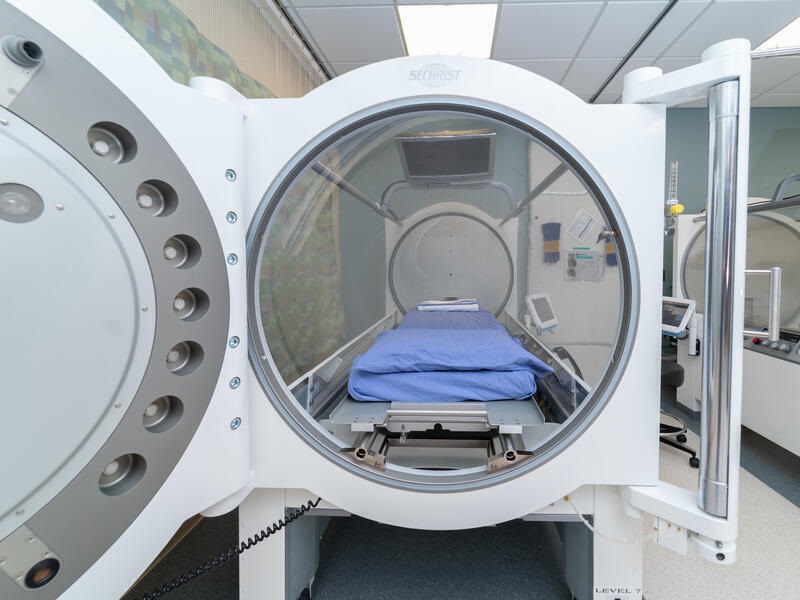Are you looking for a tooth replacement option in Breckenridge, Colorado? Breckenridge dental implants are the best yet standard surgical replacement option for supporting artificial teeth like bridges, crowns, and dentures. The dental implant placement procedure involves introductory consultation with the dentist, the placement, Osseointegration, abutment placement, customized and fixed new teeth, and periodic checkups.
Three million people in the USA have undergone dental implants, growing by approximately 500,000 annually. So, are you ready to get a dental implant done in Breckenridge? Keep reading to learn more about the process and what to expect during and post-surgery!
How to Be Ready for a Dental Implant Process?
A primary consultation with your dentist, who will comprehensively investigate your dental conditions, is the first step. They will capture X-rays of your tooth and discuss with you to devise a plan for the dental implant surgery. Once you’ve devised a solid plan and the doctor has corroborated your optimum health, they will arrange the surgery appointment. If your dentist suggests IV sedation, you must prepare someone to bring you home afterward.
Food & Drink – You can consume a mild meal a few hours before the surgery if local anesthesia is given. If IV sedation is given, you’re not allowed to eat anything after midnight the night prior to the dental implant surgery. This implies your stomach needs to be empty for this.
Location – A dental implant surgery is mainly performed at a dental office. If you’re from Breckenridge, the surgery will be performed by a veteran team of dentists qualified in oral and restorative dentistry.
Treatments – Your dental health care provider in Breckenridge might prescribe some antibiotics to consume for a few days prior to the operation to impede early implant failures. They might also prescribe an anti-bacterial mouthwash, for example, chlorhexidine, to rinse your mouth.
Pre-surgery Lifestyle Modifications – Smoking might minimize the dental implant’s success as it may mitigate healing.

What to Expect During Dental Implant Surgery?
While obtaining dental implants, the dentist replaces the tooth roots with metal tooth posts, which are similar to screws for artificial teeth.
- Initial Evaluation – Your oral surgeon will conduct a thorough examination to check your jawbone’s condition and the most suitable dental implant process. The initial checkup consists of X-rays, capturing impressions, and comparing your teeth’ color to make your implant look as realistic as possible.
- Tooth Extraction – The oral surgeon will extract the teeth if you still have a tooth that requires replacing before the dental work is conducted. Once it’s done, the dentist will talk about the anesthesia options, where they might use novocaine or lidocaine to numb the area. You will feel a mild pressure and tug during the tooth extraction procedure. After that, you must avoid smoking, drinking through a straw, and blowing your nose, as they might create a dry socket and discomfort.
- Inserting the Dental Implant and Bone Grafting – Two types of dental implants are performed. One is where the implant is added straight to your jawbone, and the other type is inserted underneath the gumline.
- Abutment Placement – Your oral surgeon will insert an abutment on top of the implant once it’s adequately stable. It links the implant to your crown, and the abutment requires it to be tightened to stay in place when you have meals. Minimal pressure is what you will feel during the process as local anesthesia is injected for numbness.
- Inserting the Permanent Crown – Your oral surgeon or dentist will prepare your artificial crown or tooth after your gums heal. You may now opt for a removable implant or an enduring one. A removable option will be the best if you have several teeth in the back to keep them cleaned and replaced if required. On the other hand, a permanent one remains glued down with cement, which doesn’t need replacement or cleaning.
Post-surgery discomfort is common; you may notice bruising and swelling on your gum. You may also encounter mild bleeding and pain in the dental implant area.










